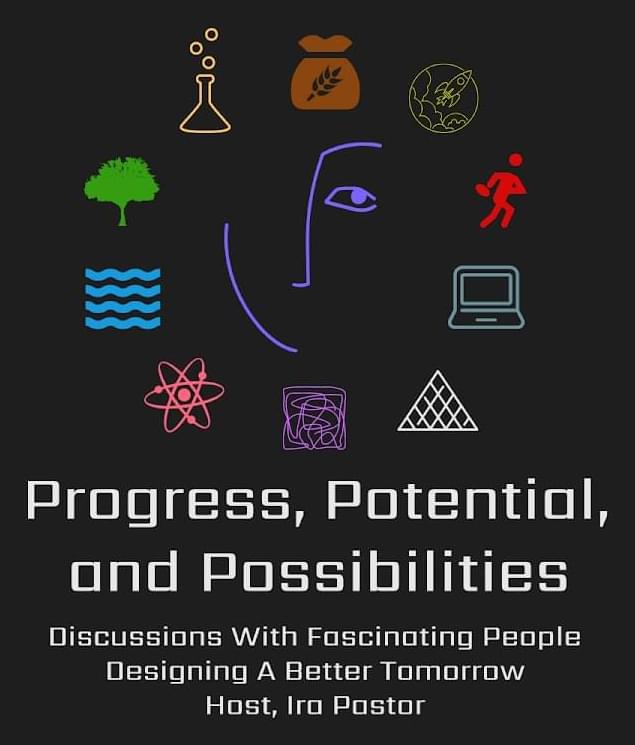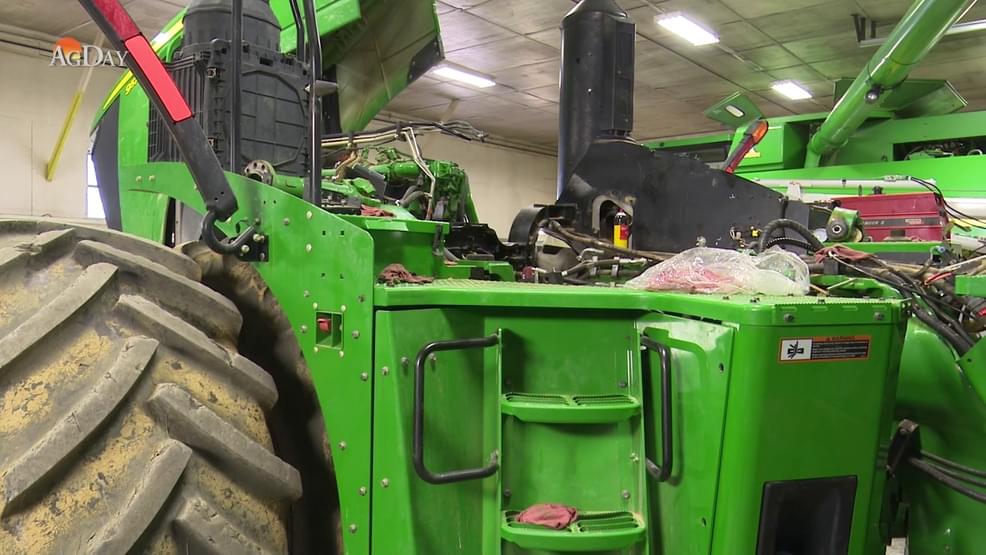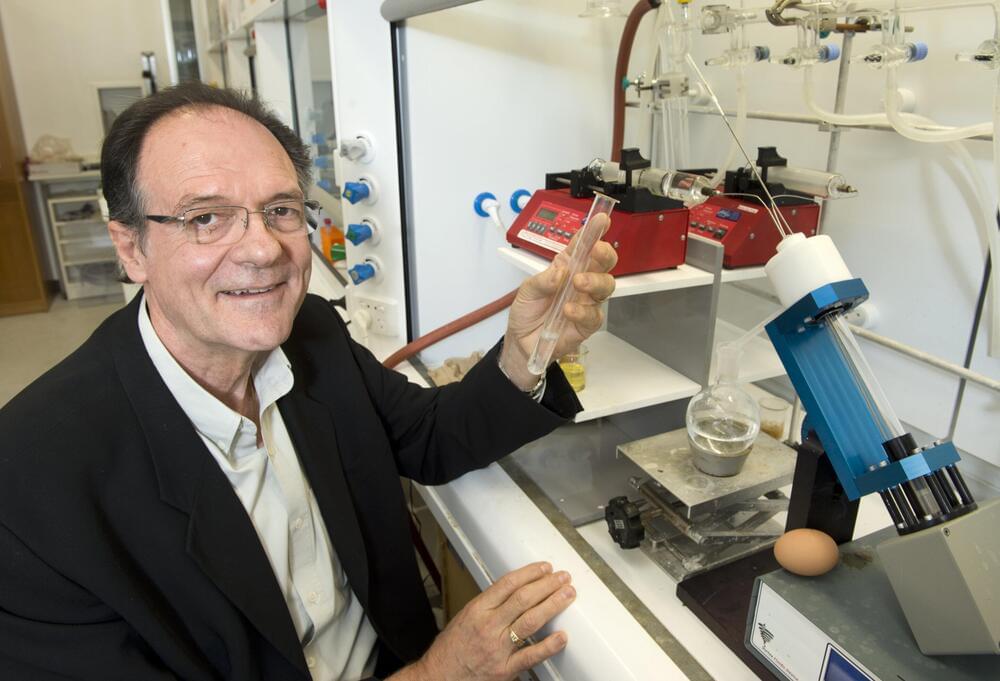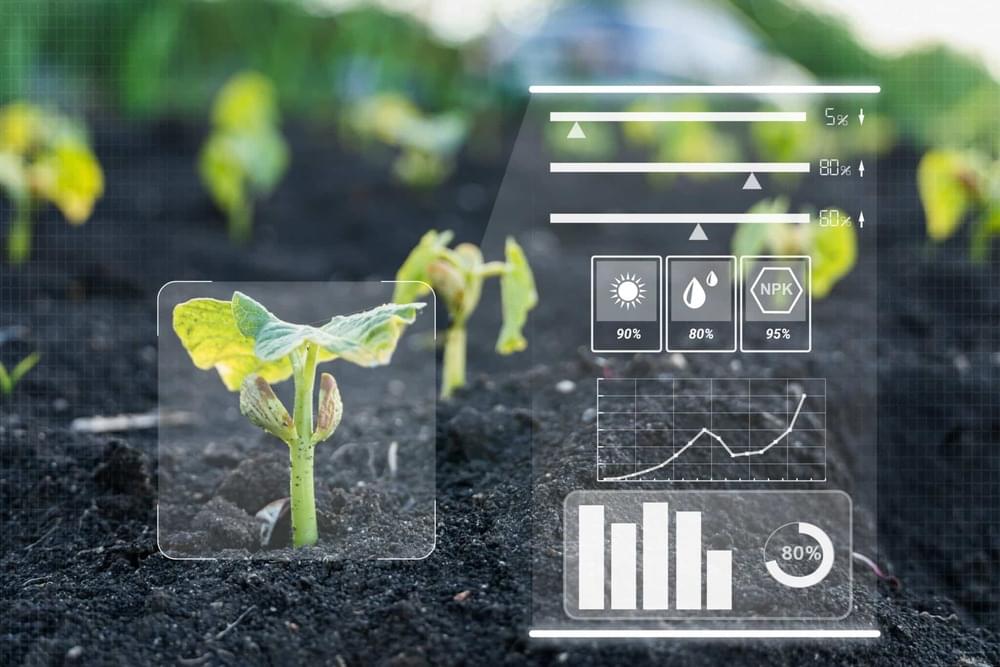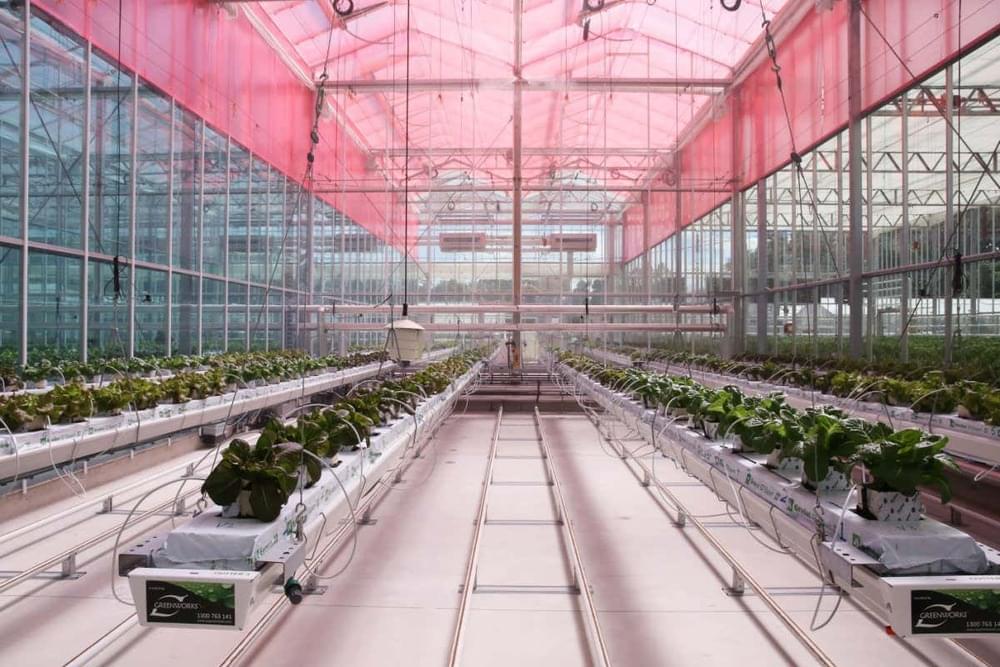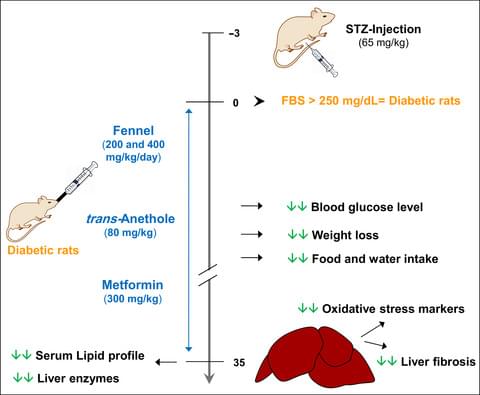Mar 3, 2022
Remote Control Behavior with Rewarding Electrical Stimulation of the Brain, 1965 (Remote Controlled Dogs)
Posted by Chima Wisdom in categories: food, neuroscience
According to the research program’s abstract:
“The specific aim of the research program was to examine the feasibility of controlling the behavior of a dog, in an open field, by means of remotely triggered electrical stimulation of the brain. The report describes such a system which depends for its effectiveness on two properties of electrical stimulation delivered to certain deep lying structures of the dog brain: the well-known reward effect, and a tendency for such stimulation to initiate and maintain locomotion in a direction which is accompanied by the continued delivery of stimulation. Experiments on the parameters of stimulation are described, in addition to an experiment on the ability of a conventional reinforcer, food, to disrupt ongoing, free field behavior under the control of rewarding brain stimulation. Finally, supporting research employing albino rats is summarized. (Author)”
One document was released by the CIA in late 2018 after a FOIA request by The Black Vault. The document, redacted in some parts with details missing, highlighted the research of creating remote control dogs using implants on the brain. The record’s release was specifically highlighted by Newsweek, which as a result, was picked up by many other outlets.

